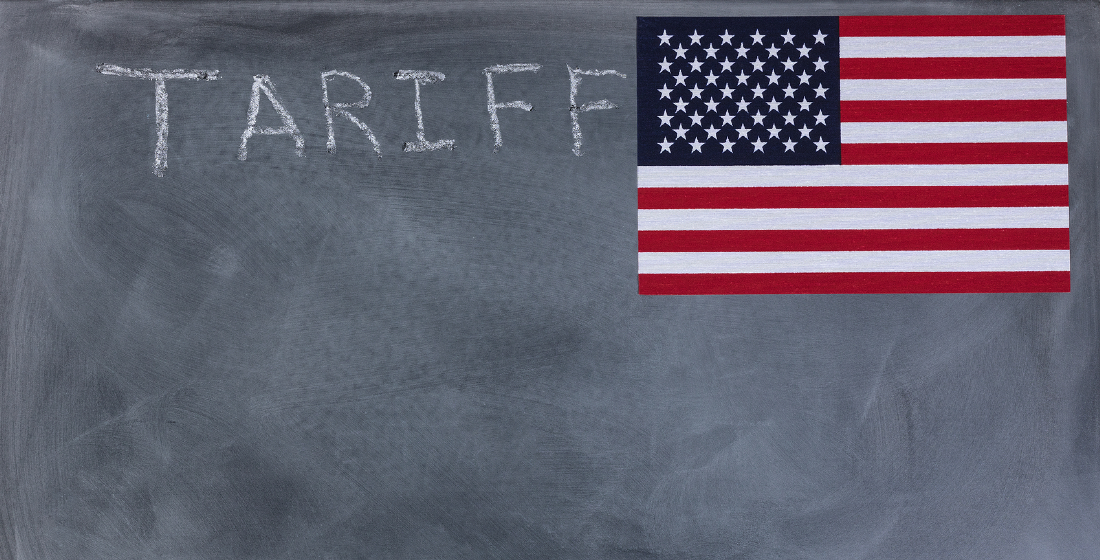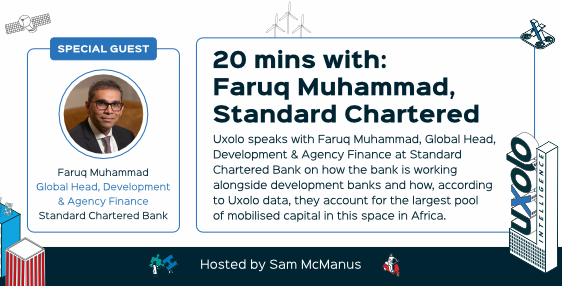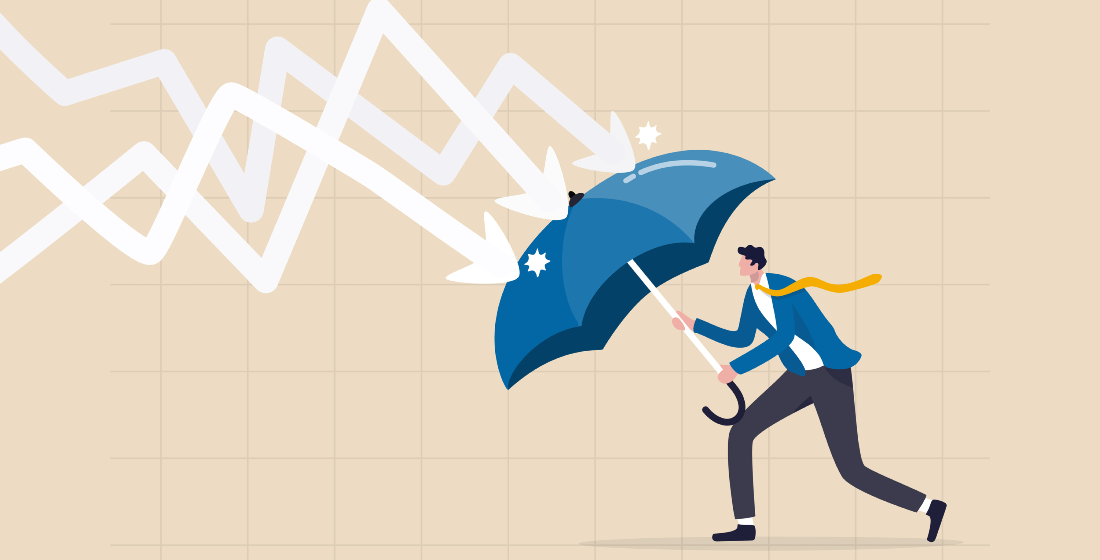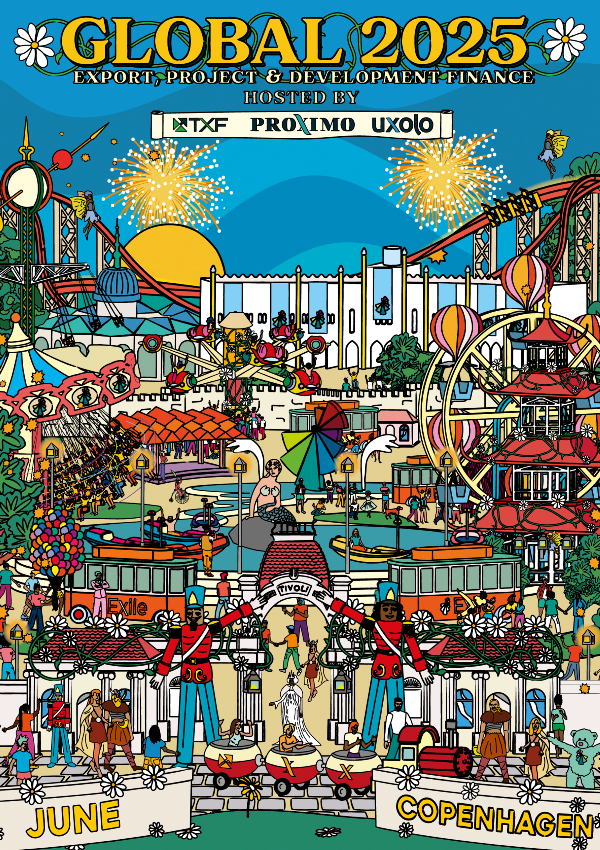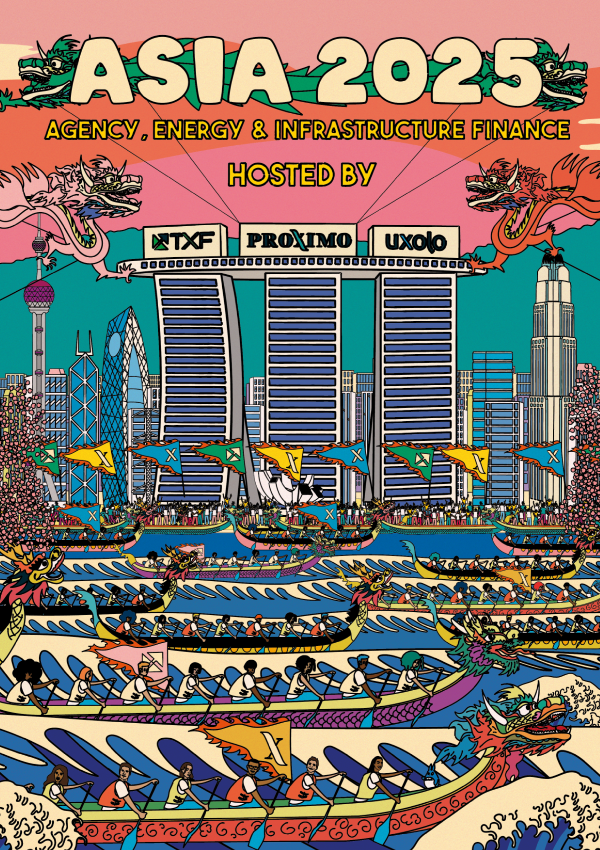More calls for change from the AfDB meeting
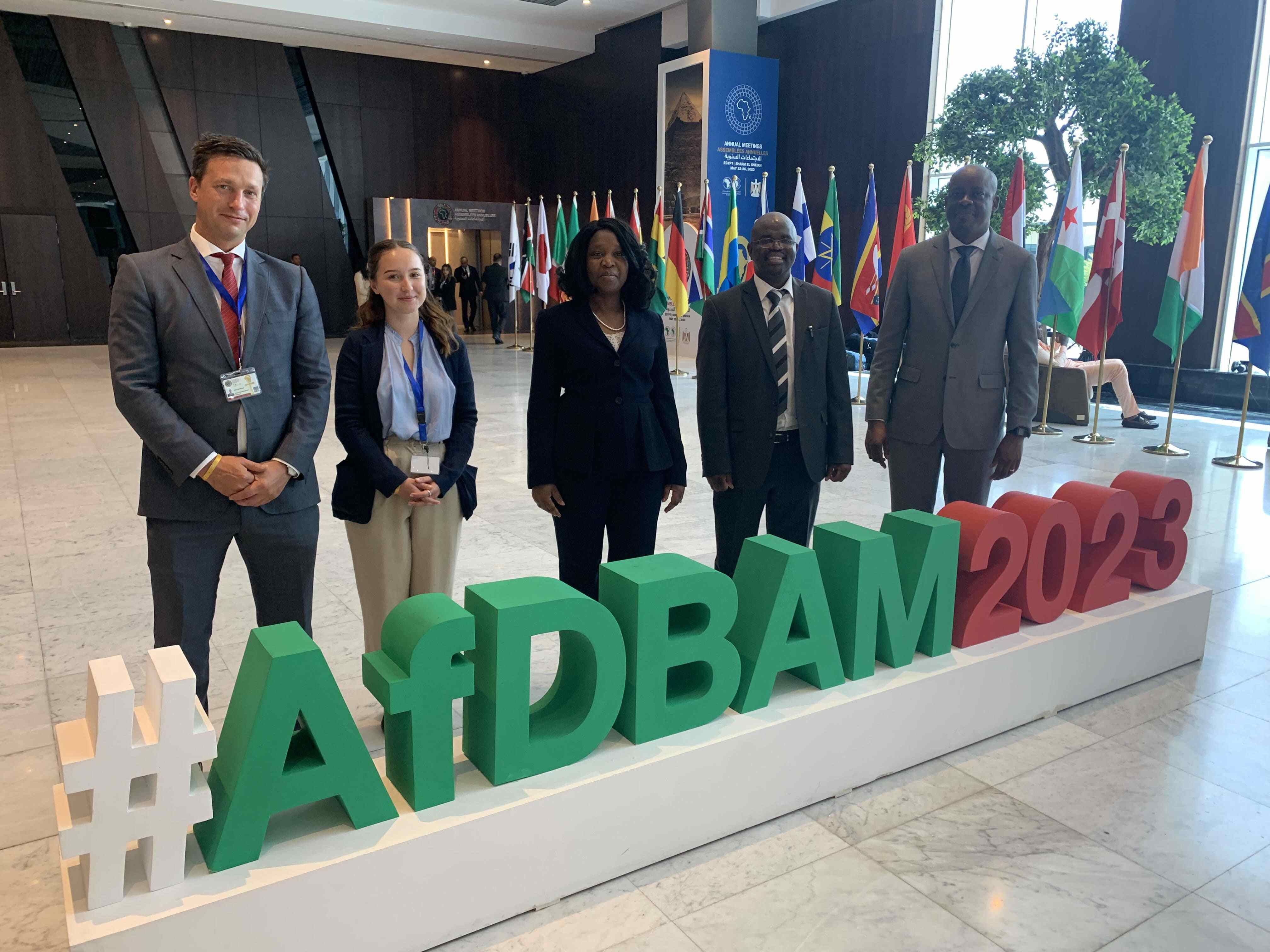
AfDB’s 2023 annual general meeting has been sending out calls to action all across the development finance spectrum – to credit rating agencies, fellow MDBs and most of all, to the private sector.
The macroeconomic context for sustainable development has grown tougher in Africa – despite signals of growth, the sustained tightening of global financial conditions continues to put pressures on African national currencies, and debt vulnerabilities have been worsened by rapid foreign exchange rates and high primary deficits. With a $242.2 billion financing gap for reaching the SDGs in Africa, the cost of debt servicing is increasing rapidly.
Firstly, addressing the credit rating agencies, AfDB is taking to task perceptions of risk across the continent. The risk of default across Africa is 1.9% – very low when compared with 12.4% in Eastern Europe and over 6% in North America. The MDB is asking the agencies to reassess their ratings and help alleviate the costs and access to liquidity.
The continuing issue of information asymmetry was highly acknowledged too - to investors, the bank asked whether perceptions of risk in one country were being drawn over neighbouring countries with better risk profiles and stable socio-political situations. However, the bank also acknowledged that the continent lacked strategies that were implementable, that project pipelines were still limited, and capacity and experience in some countries was limited too.
Moving away from private investors, one of the most popular topics right now in development finance is MDB reform and AfDB has so far acted as an eager encourager of change. Firstly, the IMF’s SDRs seem ripe for reform; aligning with President Mia Motley’s Bridgetown Initiative was an action the AfDB recommended all MDBs fully implement. So we could be seeing SDRs used in new financial mechanisms like hybrid capital bonds in the near future.
The bank also called for an expansion in concessional financing - even though Africa faces a critically low debt to leverage ratio for public to private capital, only 0.16 for each $, that meant public capital was even more critical for encouraging private financing to increase this ratio. In one panel, AfDB applauded EBRD’s expansion of lending into Sub-Saharan Africa.
The third recommendation was for MDBs to revisit their risk appetites. The bank wants to see more grants; more risk agnostic capital; and reduced profitability targets to grow the project pipeline and soften the environment for private capital. The panel referenced the success of the Great Green Wall Accelerator which has so far raised $19 billion, and the huge potential of green hydrogen for renewables investment.
The next steps for AfDB include embracing innovative financial mechanisms – namely, green bonds and debt for nature swaps. Africa only issues 0.2% of green bonds globally and it seems like that number is set to increase with the bank’s support. Similarly, the continent has yet to close a debt for nature swap – but with their popularity rising in Latin American countries facing debt crises, African states including Zambia, Benin and Kenya are already in talks for their first deals.
